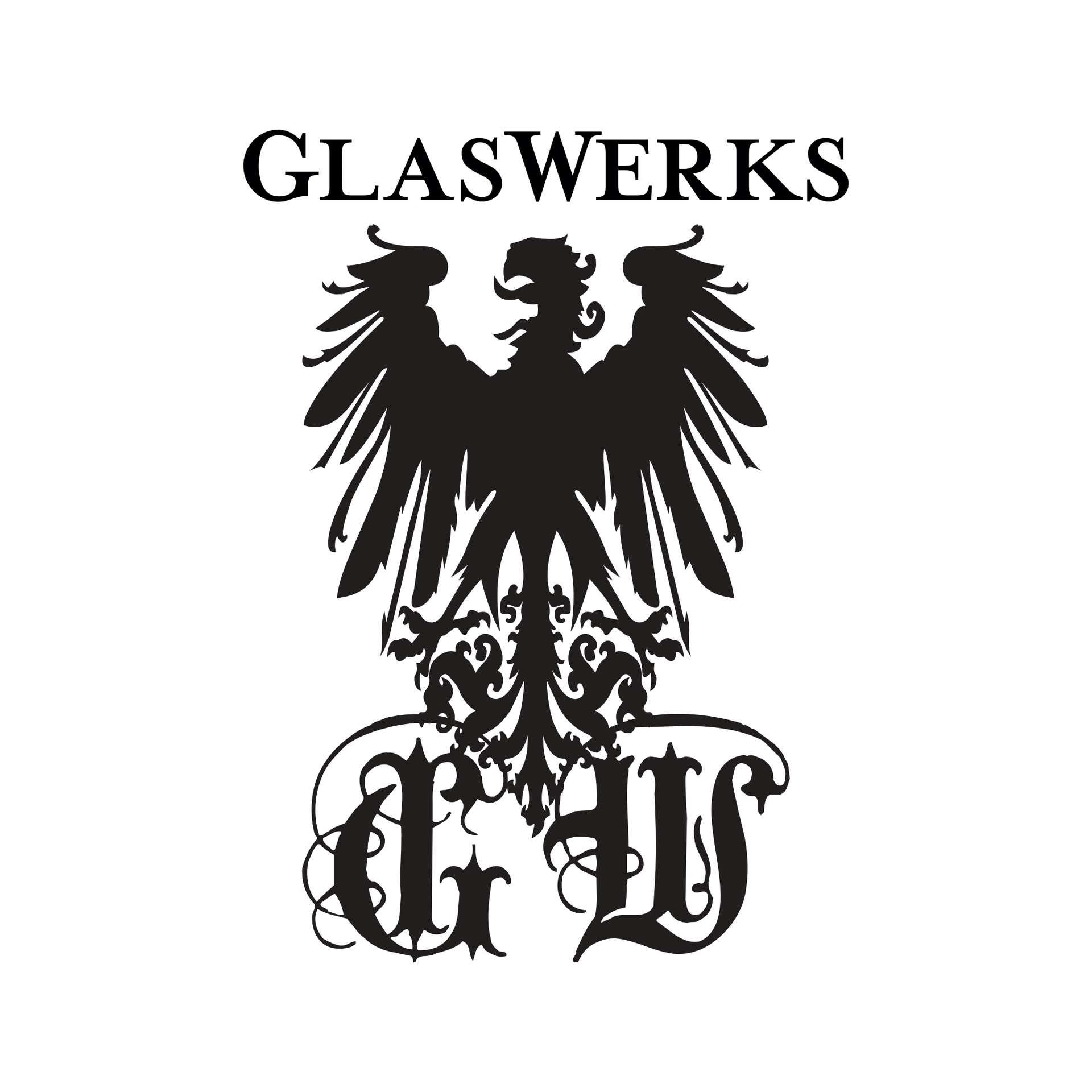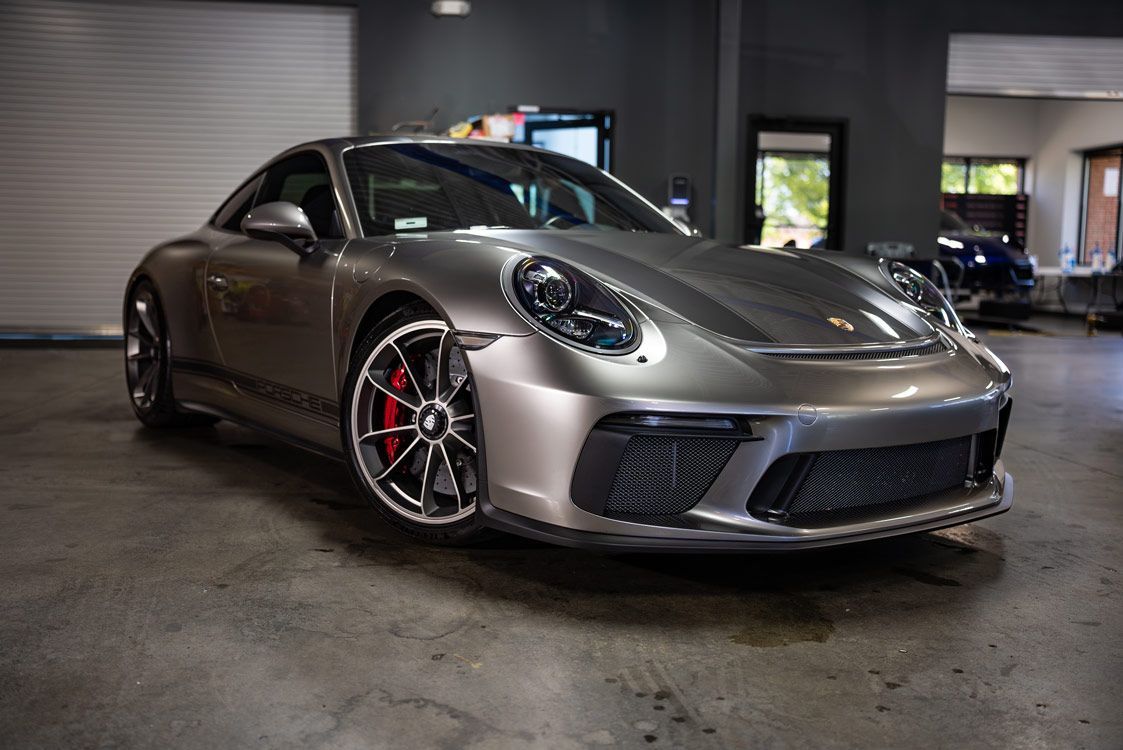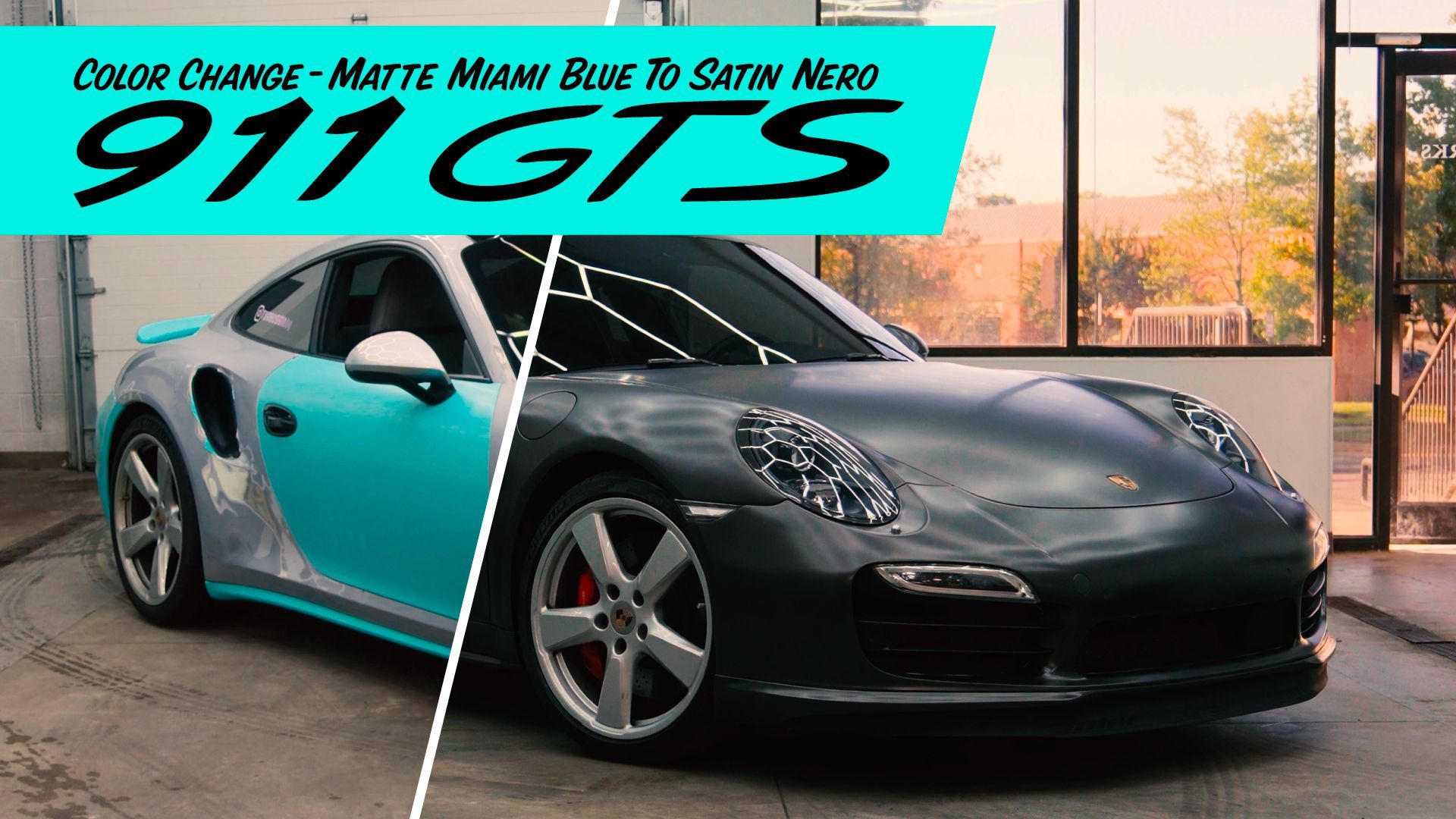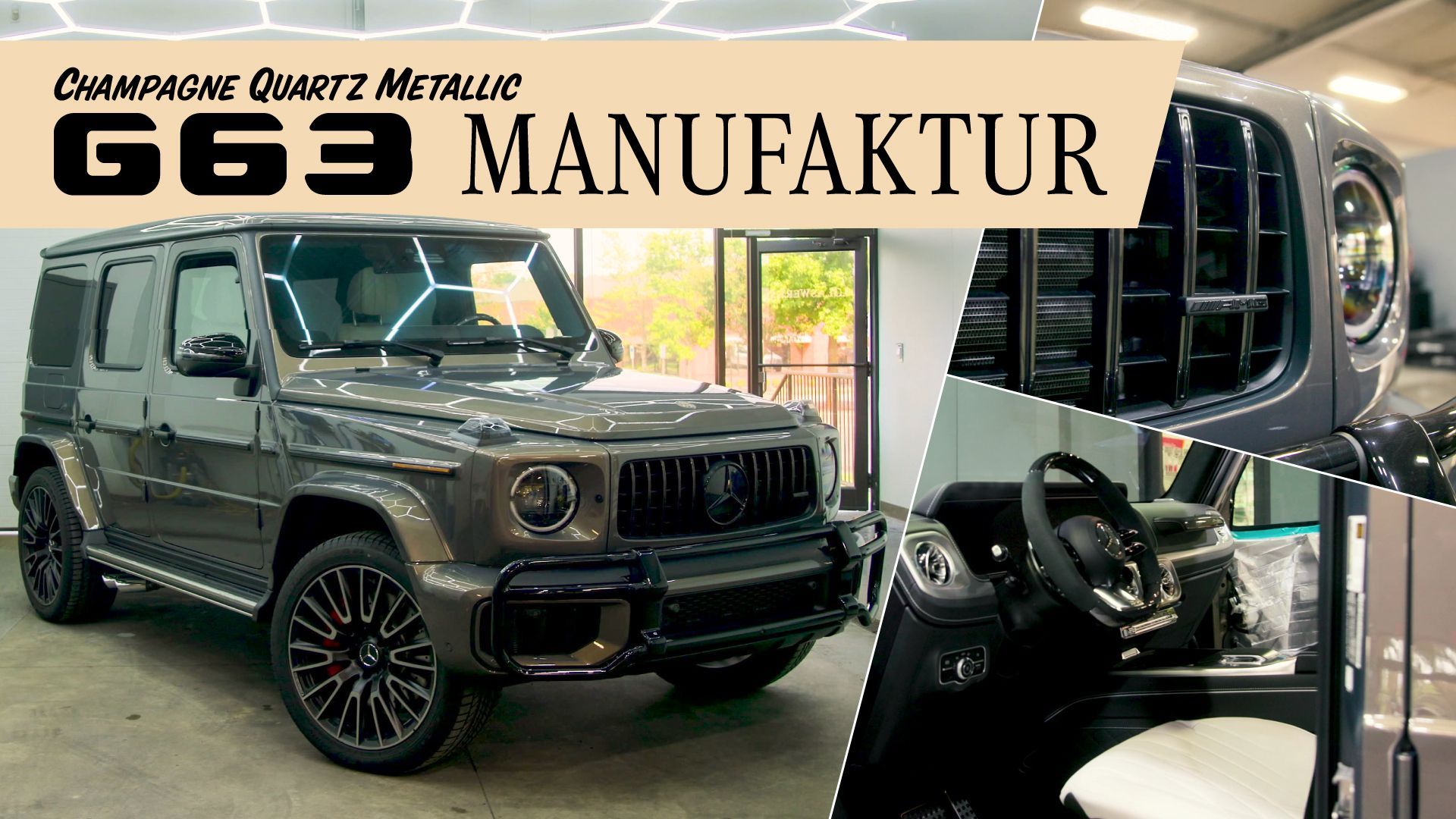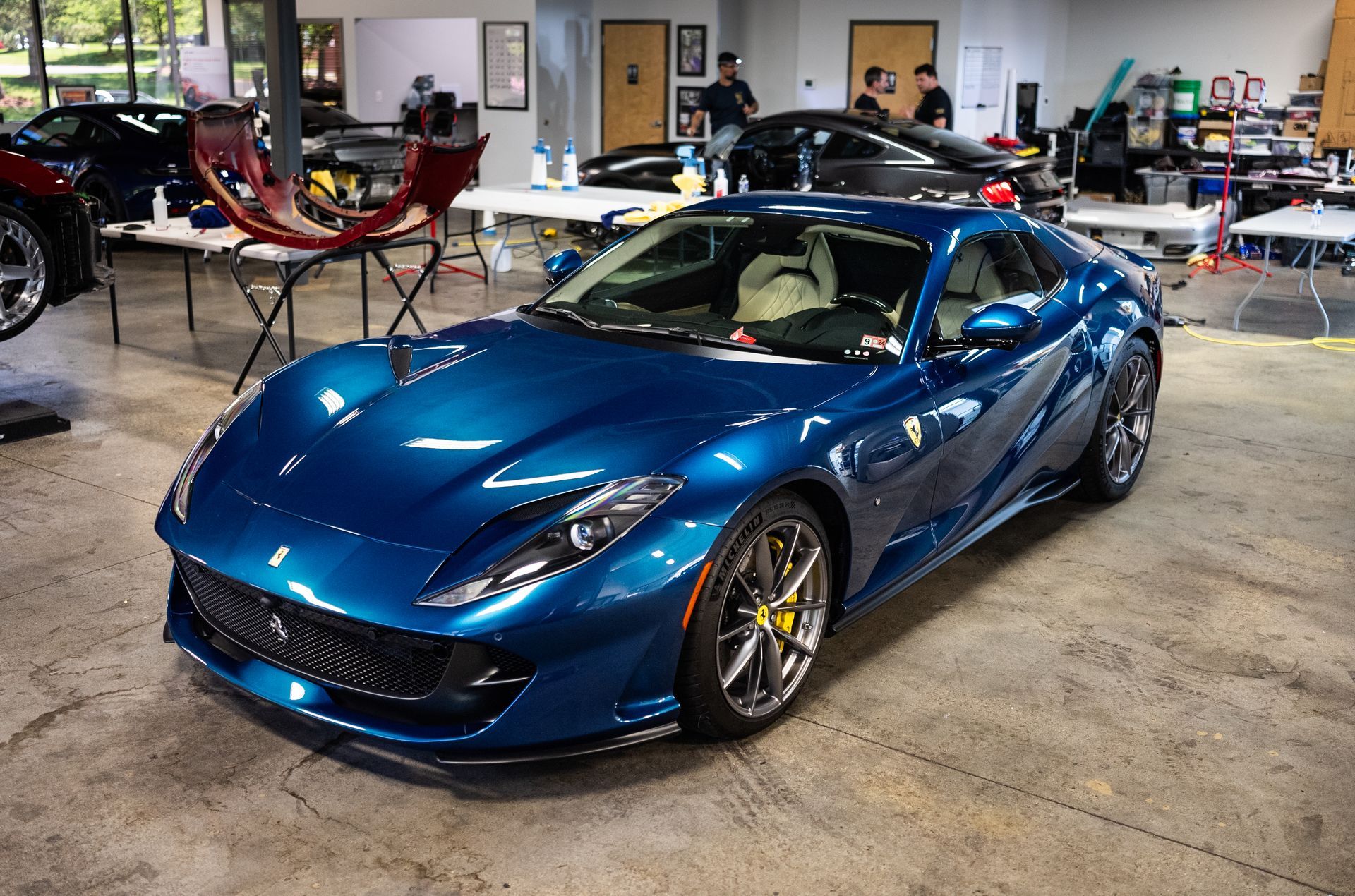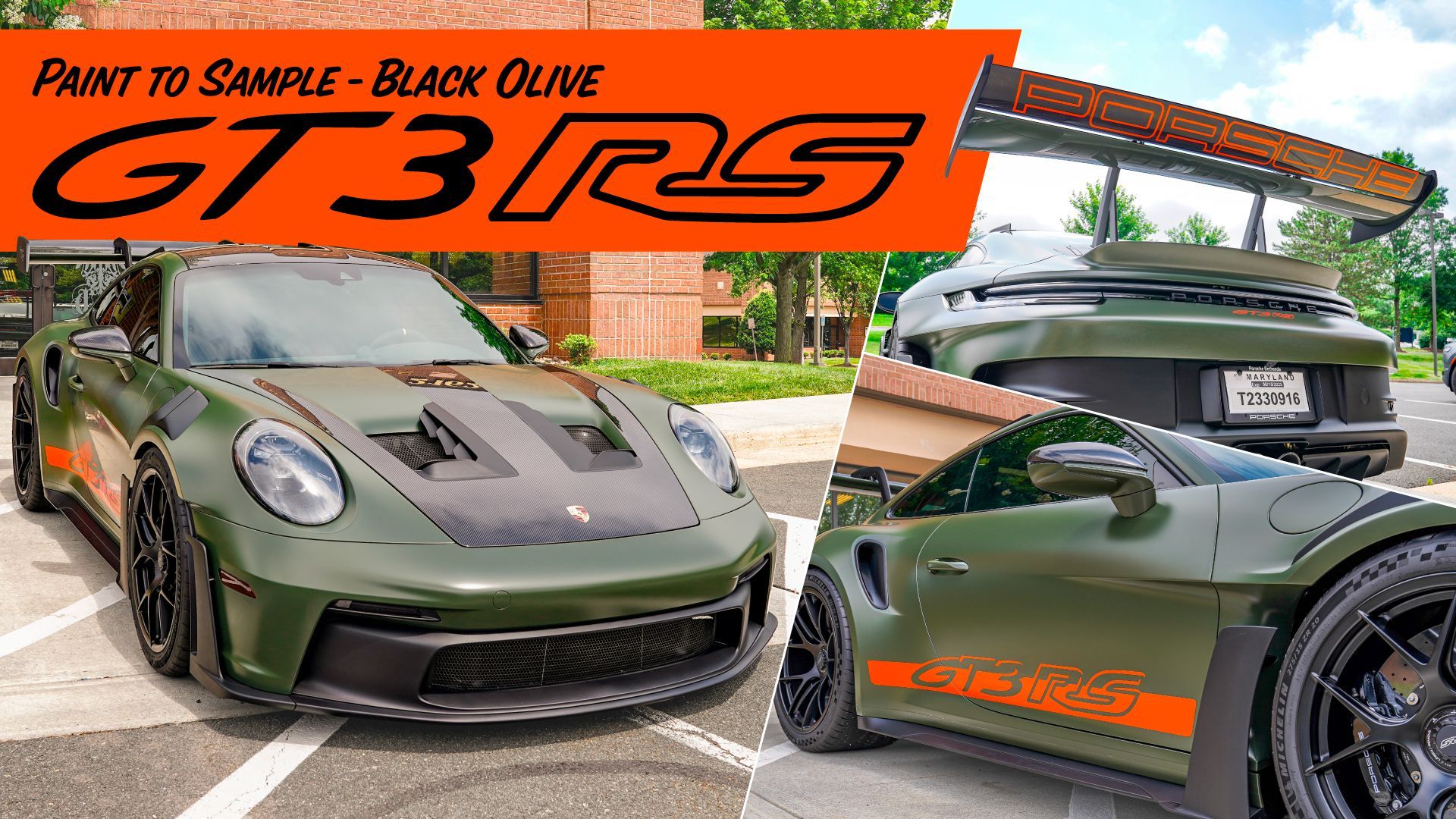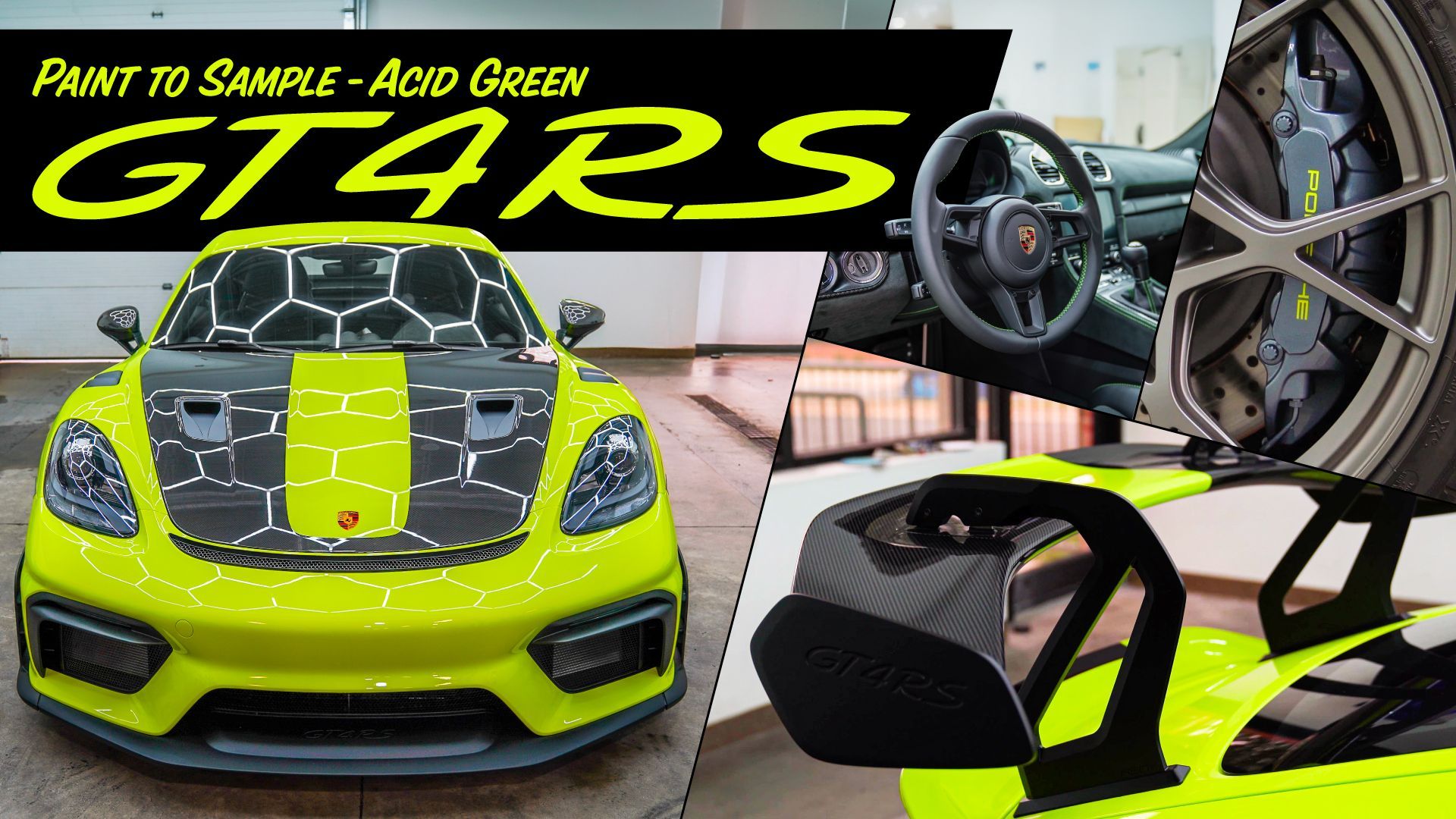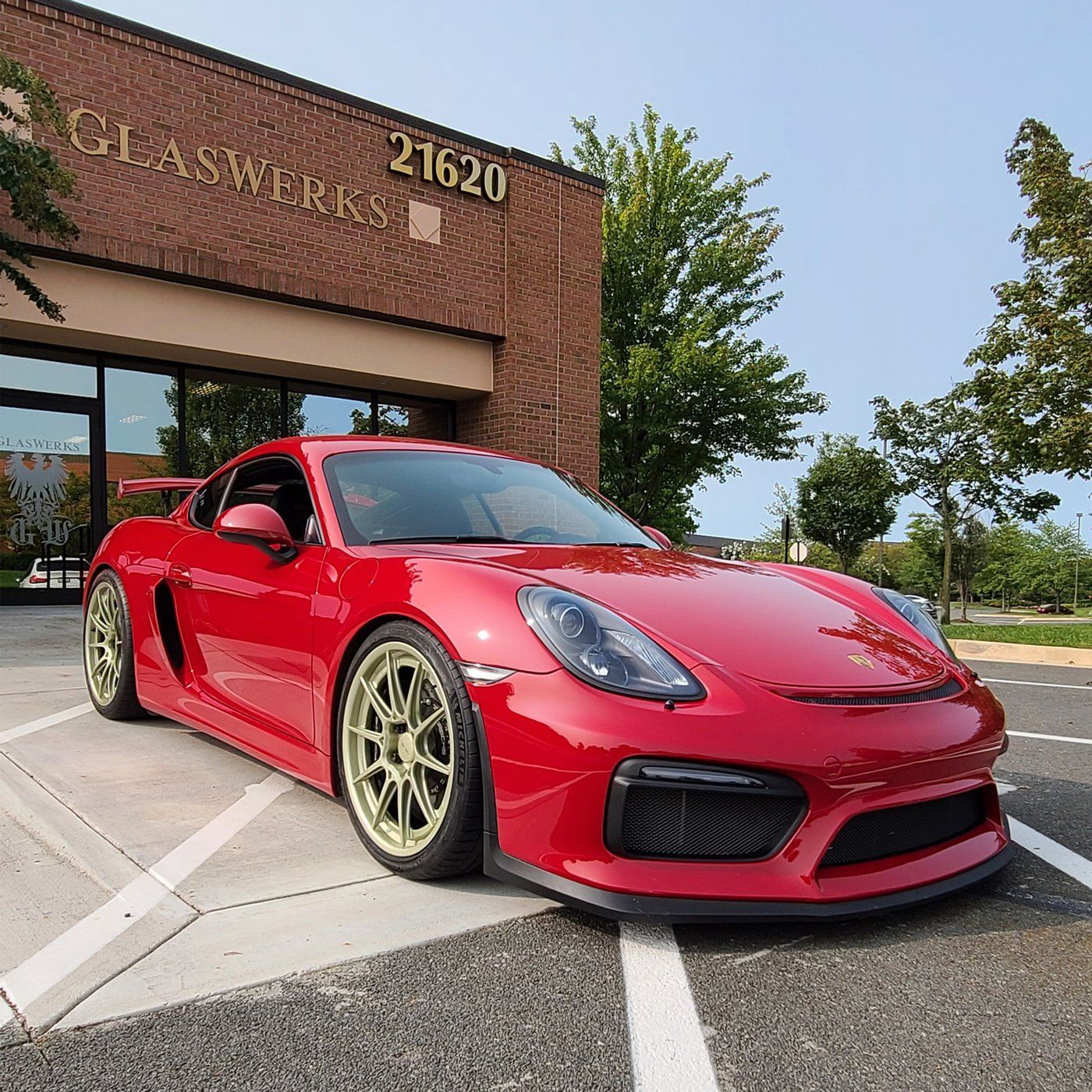You've made a smart investment in Paint Protection Film (PPF) for your vehicle—now let's make sure it pays off for years to come. At GlasWerks DMV, we see too many car owners who get their PPF installed and then wonder why it doesn't look as good as it did on day one. The truth is, like any worthwhile investment, your PPF needs some TLC to maintain its protective qualities and stunning appearance.
Whether you're commuting down Route 7, navigating Sterling's busy Cascades Parkway, or dealing with Virginia's unpredictable weather patterns, your PPF is working overtime to protect your paint from road debris, UV rays, and environmental contaminants. Here's how to keep it performing at its best and looking like the day it was installed.
Why Proper PPF Care Matters More Than You Think
Before diving into the how-tos, let's talk about why this matters. We've installed PPF on thousands of vehicles in the Sterling area, and the difference between well-maintained and neglected films is striking. Properly cared-for PPF can maintain its clarity and protective properties for 7-10 years, while neglected film might start showing wear in just 2-3 years.
The math is simple: spending 30 minutes every couple of weeks on proper maintenance can save you thousands in premature replacement costs. Plus, when it's time to sell or trade your vehicle, that pristine paint underneath will command top dollar.
The Critical First Week: Patience Pays Off
Don't touch that hose! We know it's tempting to wash your car right after getting that beautiful new PPF installed, but resist the urge for at least one full week. During this crucial period, the adhesive is forming its permanent bond with your paint. Any water or cleaning products can disrupt this process and compromise your film's long-term performance.
Think of it like letting concrete cure—rushing the process only weakens the final result. Your patience during this first week will be rewarded with better protection and longevity.
Your New Washing Routine: Gentle is the Name of the Game
Once that first week is up, it's time to establish a maintenance routine that'll keep your PPF looking showroom-fresh. Here in Sterling, with our mix of suburban driving and highway commuting, your vehicle faces unique challenges that make proper washing technique even more critical:
What You'll Need:
- pH-neutral automotive shampoo (Chemical Guys Citrus Wash & Gloss is a favorite among our clients)
- Soft microfiber mitts (never use regular sponges or towels)
- Two buckets for the wash-and-rinse method
- Clean microfiber drying towels
The GlasWerks DMV Washing Method:
- Find shade – Direct sunlight causes soap to dry too quickly, leaving spots
- Use the two-bucket system – One for soapy water, one for rinsing your mitt clean
- Start from top to bottom – Gravity is your friend; let dirty water flow away from clean areas
- Work in sections – Don't try to wash the entire car at once
- Pay attention to edges – PPF edges need gentle care to prevent lifting
- Rinse frequently – Keep your wash mitt clean throughout the process
- Pat dry, don't wipe – This prevents scratching and protects the film edges
Pro Tip from Our Sterling Team: Many of our clients wash their cars in the early morning or evening to avoid Virginia's intense summer sun. Not only does this make the job more comfortable, but it also prevents rapid soap drying that can leave water spots on your beautiful PPF.
What to Avoid at All Costs
Automatic car washes are PPF's worst enemy. Those spinning brushes might seem convenient, especially when you're rushing between meetings in Sterling's business district, but they're essentially sandpaper to your film. The harsh chemicals and abrasive action can cause micro-scratches and even lift the edges of your PPF. We've seen too many beautiful installations ruined by a single trip through an automatic wash.
High-pressure washers can also be problematic if misused. Keep the pressure moderate and maintain a safe distance from the film edges. If you're using a pressure washer at home, stick to wide-angle nozzles and keep the pressure under 1,200 PSI.
Harsh chemicals like wheel cleaners, bug-and-tar removers, or household cleaners should never touch your PPF. These can cause permanent staining or clouding that no amount of polishing can fix.
Understanding Your Local Environment
Sterling's location in Northern Virginia presents unique challenges for PPF maintenance. Our proximity to Dulles Airport means occasional jet fuel residue in the air, while our tree-lined neighborhoods contribute to sap and pollen issues. Spring brings cherry blossom petals that can stain if left too long, and winter road treatments can be particularly harsh on automotive finishes.
During summer months, the intense Virginia sun can cause contaminants to bake onto your PPF surface. This is why timing your washes and being proactive about contaminant removal is so crucial in our area.
Dealing with Nature's Challenges
Living in Sterling means dealing with tree sap, bird droppings, road salt, and seasonal pollen. Here's your action plan for each:
Tree Sap: Common from our abundant oak and maple trees. Remove within 24-48 hours using a plastic scraper to gently lift hardened sap, followed by a PPF-safe solvent.
Bird Droppings: The acidic nature can permanently etch PPF if left too long. Clean immediately with pH-neutral soap and warm water.
Road Salt (Winter): Virginia's winter road treatments are tough on vehicles. Rinse your car weekly during salt season to prevent buildup and corrosion around PPF edges.
Pollen (Spring): Our infamous yellow dust season requires frequent rinsing. Don't let pollen accumulate, as it can stain light-colored films.
Bug Splatter: Summer driving means bugs. Remove them promptly with bug-specific cleaners designed for PPF use.
- Act quickly – The longer contaminants sit, the harder they are to remove
- Use gentle cleaners – A microfiber cloth with soapy water handles most issues
- For stubborn spots – Consider a PPF-safe detailing spray like GTECHNIQ Quick Detailing Spray
- When in doubt, call us – Some contaminants require professional removal to avoid damage

Seasonal Maintenance Tips
Spring (March-May):
- Increase wash frequency due to pollen
- Inspect for winter damage
- Consider professional detailing after winter salt exposure
Summer (June-August):
- Wash in shade during cooler hours
- Apply extra protection against UV rays
- Check for insect damage regularly
Fall (September-November):
- Remove leaf stains promptly
- Prepare for winter with protective sealant
- Clear debris from drainage areas
Winter (December-February):
- Rinse weekly to remove salt
- Use touchless car washes if necessary
- Avoid washing in freezing temperatures
The Annual Boost: Sealants and Professional Care
Once a year, treat your PPF to a high-quality sealant application. Products like Ceramic Pro PPF & Vinyl don't just add protection—they create that mirror-like finish that makes heads turn. Think of it as an annual spa day for your car.
We also recommend professional detailing at least twice a year. Our certified technicians know exactly how to care for PPF and can spot potential issues before they become expensive problems.
Smart Parking Habits
Your parking choices matter more than you might think. In Sterling's mix of urban and suburban environments, strategic parking can prevent 90% of the minor damage we see on PPF installations:
Shopping Centers: Park away from cart returns and high-traffic areas. That extra 50-foot walk can save you hundreds in repairs.
Office Buildings: Choose end spaces when possible, and avoid parking under trees during flowering seasons.
Residential Areas: Be mindful of sprinkler systems that might spray hard water onto your vehicle overnight.
Airport Parking: When using Dulles, choose covered parking to protect against jet fuel residue and weather.
- Avoid tight spaces near bushes or trees
- Watch for shopping cart zones in parking lots
- Consider covered parking when possible
- Mind the sprinkler systems – hard water spots are difficult to remove
- Keep a distance from construction zones – flying debris is PPF's enemy
When Professional Help Makes Sense
Sometimes, despite your best efforts, your PPF might need professional attention. Don't wait if you notice:
- Lifting edges – Usually starts small but can spread quickly
- Persistent stains – Some contaminants require professional-grade removal
- Cloudy or hazy areas – Often indicates deeper contamination
- Scratches that won't buff out – May need heat treatment or section replacement
- Yellowing or discoloration – Usually UV damage that requires replacement
At GlasWerks DMV, we offer comprehensive PPF restoration services. Our Sterling facility is equipped with the latest tools and techniques to address these issues before they become costly problems. We also provide annual inspections to catch problems early—think of it as preventive maintenance for your protective film.
DIY Maintenance Schedule
Here's a realistic maintenance schedule that works for busy Sterling residents:
Weekly: Quick rinse to remove surface dirt and salt (5 minutes). Bi-weekly: Full wash with proper technique (30 minutes) Monthly: Detailed inspection and spot treatment (15 minutes) Seasonally: Professional detail or thorough DIY detail (2-3 hours) Annually: Professional inspection and sealant application
Common Mistakes to Avoid
After thousands of PPF installations in Sterling, we've seen these mistakes repeatedly:
- Using household cleaners – Dish soap strips protective coatings
- Ignoring water quality – Sterling's hard water can cause spots
- Washing in direct sun – Causes premature soap drying
- Using dirty towels – Cross-contamination damages the film
- Delaying contaminant removal – Time makes everything harder to remove
The GlasWerks DMV Difference
What sets GlasWerks DMV apart in the Sterling market isn't just our installation expertise—it's our commitment to your long-term success. We provide:
- Detailed care instructions specific to your vehicle and usage
- Follow-up consultations to ensure you're maintaining your investment properly
- Product recommendations based on local conditions
- Professional restoration services when needed
- Warranty support that means something
Many of our clients become part of the GlasWerks DMV family, returning not just for maintenance but for additional services as their automotive needs evolve.
Your PPF Success Story Starts Here
The difference between PPF that lasts 2 years and PPF that lasts 7+ years often comes down to the care it receives. By following these guidelines and partnering with experienced professionals, you're setting yourself up for success.
Remember, quality installation is just the beginning. At GlasWerks DMV, we don't just install your PPF and say goodbye – we're your long-term partners in keeping your vehicle looking its absolute best.
Ready to protect your investment or need professional PPF care?
Call us at (571) 370-8500 or visit GlasWerks DMV today.
Your Sterling, VA, neighbors trust GlasWerks DMV for expert PPF installation and maintenance. Join the hundreds of satisfied customers who've made the smart choice for their vehicle protection.
